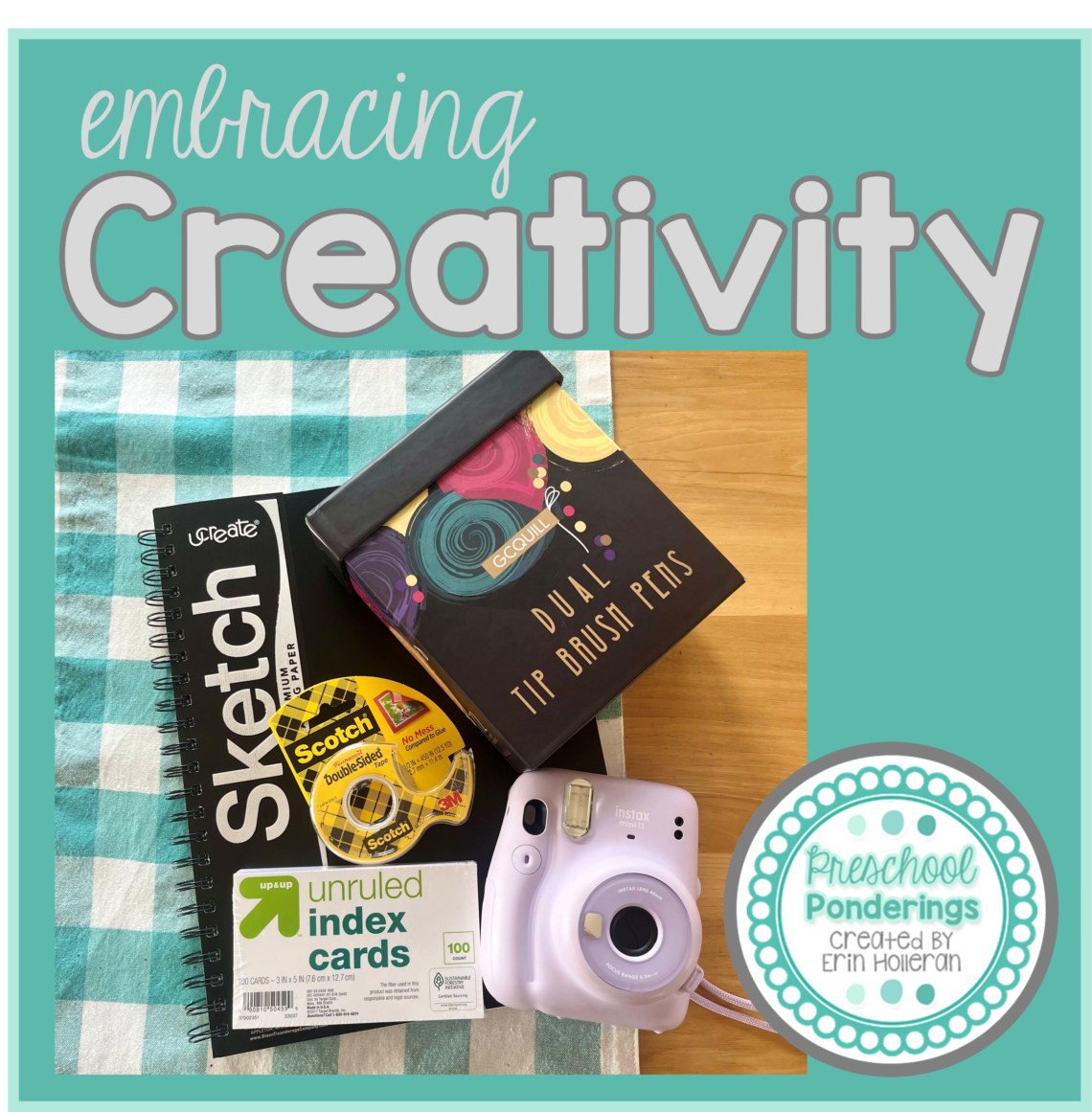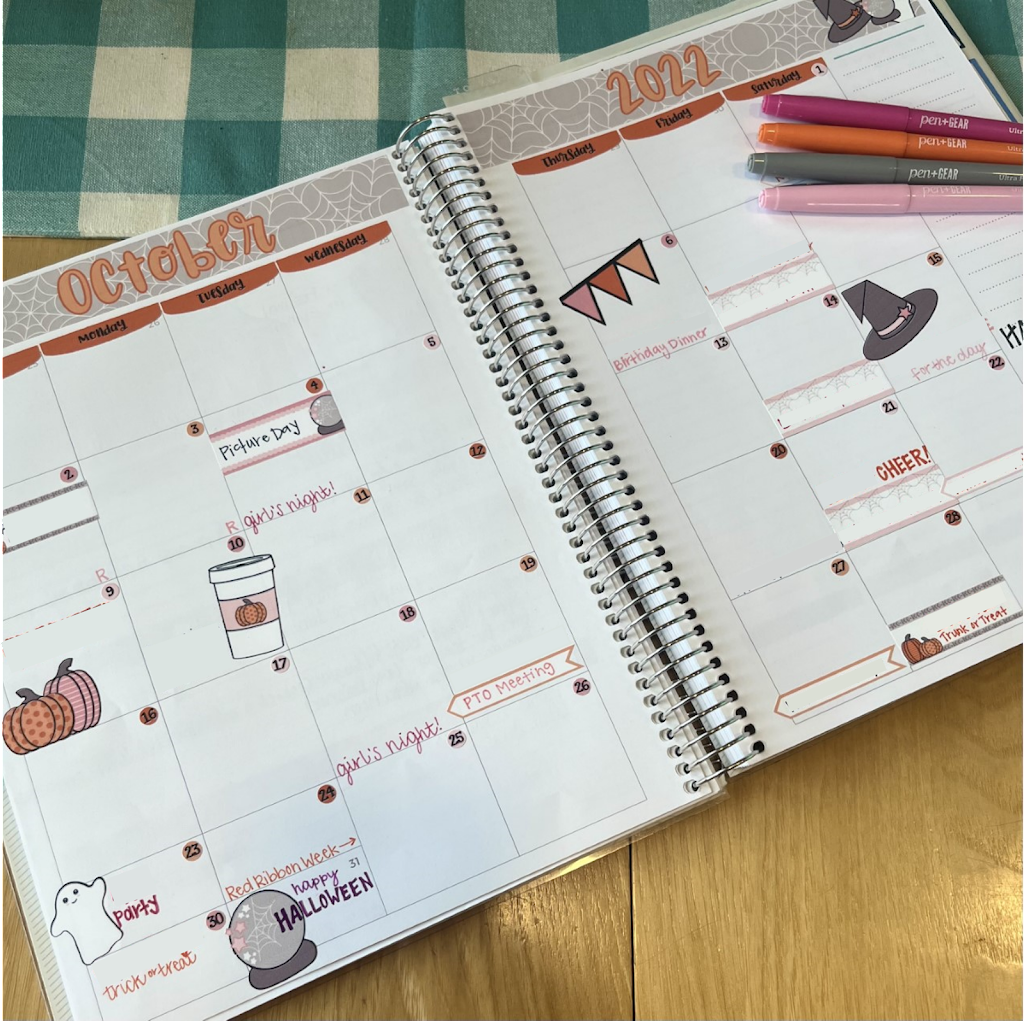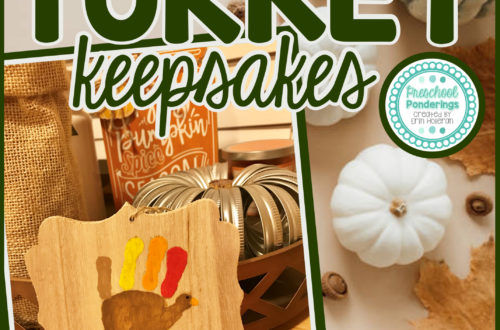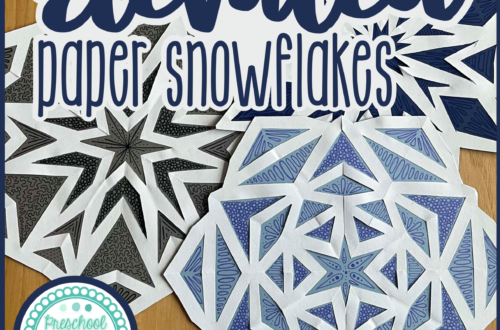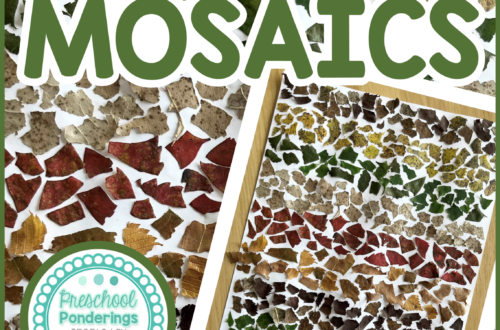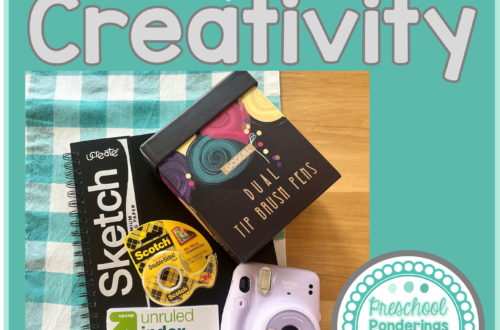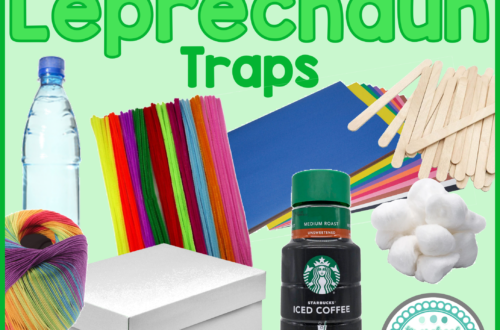creative thinking
-
Celebrating my own creativity
I’ve always considered myself to be a creative person, it’s something that I recognized at a very early age. As an adult, I spend the vast majority of my time creating things for other people – which I truly love to do. But I’ve realized that I don’t do a lot of creating just to enjoy the artistic process. I’m about to change that! I gathered some tools that I enjoy using, and bought a new sketch book (there’s just something about all of those blank pages)/ Now I’m giving myself permission to take time losing myself in the creative process. I can’t wait to share what I come up…
-
Valentine Crafting for Kids
We had a snow day this week! As a teacher, that’s always welcome – as a parent it’s a bit of a scramble to find things to keep my girl busy all day. I had a good feeling that this particular snow day was coming, so I tried to plan ahead. Art projects are always a good option! After working on some of my own projects on Tuesday, I put my leftover supplies (along with some others from our craft stash) together so that they’d be all ready for some Valentine’s Day crafting. I started with this tray. It’s been one of my all-time-favorite purchases – it’s a heavy melamine,…
-
Something new and fun!
If you’ve read any of my previous posts you probably have an idea of my love for organization – it’s not a secret! One way that I’ve really been leaning into this is through my planner. I’m a hardcore fan of an old-fashioned paper calendar, and mine have become beautiful scrapbooks over the years. To say that I’m obsessed with planner stickers is an understatement. Over the last few months I’ve been designing my own clipart and using it to create planner stickers. Not only do I get to release some creative energy, but I get the satisfaction of having exactly the kind of stickers that I want to use…
-
Teaching Children to Use Loose Parts
When you incorporate loose parts into your classroom for the first time, there is bound to be a learning curve. You’ll have to teach the children appropriate ways to use the Marian’s, and model how to be creative with them. Many of your children may not be familiar with open-ended materials like these and they may not choose to use them simply because they aren’t sure how. Here are some tips for teaching children to use these types of materials; Incorporate them slowly – start with one or two different types of loose parts that you use for planned activities, then leave these in the classroom for children to explore.…
-
Storing and Organizing Loose Parts
Organizing all of those loose parts is important because they are usually smaller objects. If you don’t keep on top of that organization you can easily have a great big mess of loose parts. Here are some of the strategies that I’ve used to keep my loose parts organized; Bins with drawers – these are perfect because you can choose the size of drawer that works best for the items you need to store Tubs with lids – when I buy tubs with lids I’m very intentional to purchase the ones that my materials will fit in best. Storage space is a hot commodity and I hate to waste it…
-
Where to find loose parts
As preschool teachers, it’s in our nature to hold onto things. We just can’t help it, we might be able to use that for something! I know how deep this runs, I’ve been out of the classroom for almost two years now and I still have a collection of empty containers in one of the cabinets in my office – they might come in handy one day! Collecting loose parts plays to this piece of our “hold onto that” mentality. The most difficult thing about loose parts is that you often need a fair amount of whatever item you want to use. You need enough that the children can actually…
-
Loose Parts Inspiration
I am a huge fan of loose parts for a couple of reasons; They encourage creativity – if you give five children a basket of pebbles, a bucket of twigs, and a collection of old keys they will all find different ways to use the items. They are easy to gather – loose parts are usually natural or recycled. They won’t cost you a lot of money and often the children can be involved in collecting them, which motivates them to explore these items after they’ve been gathered. They fit into so many different centers – use your loose parts as counters in your math center, materials for exploring weight/volume/mass…
-
Kids can build with anything!
My favorite thing about working with young children is that their imaginations never cease to amaze me. I love to introduce random materials and challenge them to be as creative as possible. This is one of those activities that has saved me a million times – when they fly through all of my planned lessons, special events have to be rescheduled, or, like on Friday afternoon, when nap time was cut in half by an accidental fire drill. There was no way that they were all going to go back to sleep, so I needed to find a way to fill an hour, and I needed to do it fast,…
